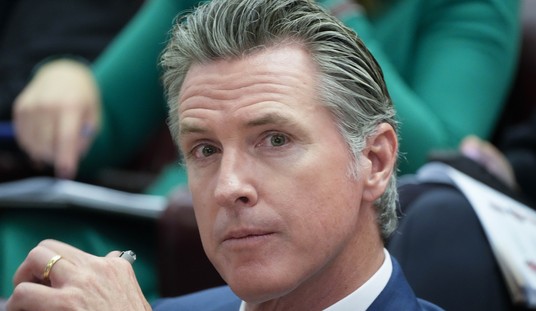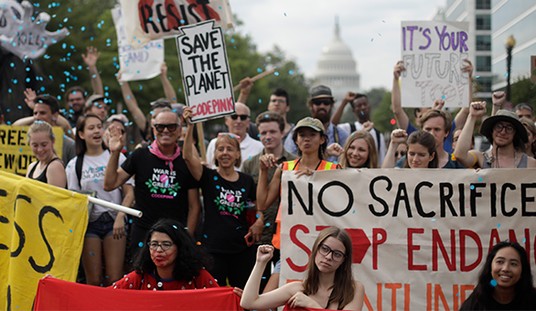They were gifted writers, and many of their books were bestsellers. And they have persuaded many Americans -- Barack Obama definitely included -- that progress means an ever bigger government
In their view, the prosperous 1920s were a binge of mindless frivolity. The Depression of the 1930s was the inevitable hangover, for which FDR administered the cure.
That's one way to see it. But there are others, and no one is doing a better job of making a counter argument than Amity Shlaes, whose 2008 book "The Forgotten Man" painted a different picture of the 1930s.
Shlaes agrees that Roosevelt's initial policies seemed to end the downward deflationary spiral. But then bigger government, higher taxes and aggressive regulation led to further recession and years of achingly slow growth. Sound familiar?
Now Shlaes has produced a book tersely titled "Coolidge." It shows the 30th president in a far different light than the antique reactionary depicted by the New Deal historians.
Calvin Coolidge began his political career during the Progressive era, a time of expanding government. But he came to national notice when that era was ending in turmoil.
It was a time of revolution in Russia and attempted revolutions elsewhere in Europe, a time of continuing war in parts of the world even after the armistice formally ended World War I.
At home, it was a time of unemployment and inflation, of bombs set off before the attorney general's house and on Wall Street, of labor union strikes in coal and other basic industries.
Recommended
Coolidge was governor of Massachusetts and in charge of the Boston police when they went on strike in September 1919. The cops had legitimate grievances. But the strike was followed by nights of violence and murder, looting of department stores and shops.
Coolidge fired the striking policemen. He explained why in a telegram to labor leader Samuel Gompers. It concluded, "There is no right to strike against the public safety by anybody, anywhere, anytime."
"The time for disruption was over; in order for the next day to be better," Shlaes writes, "law must be allowed to reign now."
Coolidge became a national celebrity. The Republican bosses in the smoke-filled room picked someone else to be Warren Harding's running mate. But the convention delegates stampeded and nominated Coolidge.
That made Coolidge president on the sudden death of Harding (who comes off much better here than in the New Deal histories) in August 1923.
Shlaes tells how he settled into a routine of meeting regularly with the director of the new Bureau of the Budget, paring down spending any way he could.
Coolidge's Republicans had small majorities in Congress, and many favored big new spending programs -- veterans' bonuses, farm subsidies. Coolidge said no, with vetoes that were sustained.
At the same time, he pressed Congress for tax cuts. After Coolidge won a full term in 1924, the top income tax rate was reduced from the wartime 70 percent to 25 percent.
An economy that lurched from inflation to recession between 1918 and 1922 suddenly burst into robust economic growth.
That helped Coolidge achieve budget surpluses ever year -- surpluses that he used to pay down the national debt.
In the summer of 1927, while vacationing in the Black Hills of South Dakota, Coolidge announced, "I do not choose to run for president in 1928."
All the political indicators -- random sample public opinion polls had not yet been invented -- suggest he would have won a second full term. And would have been in office when the stock market crashed in October 1929.
The New Deal historians depict the prosperity of the Coolidge years as illusory. In their view, the binge would inevitably be followed by the hangover.
More recent economic historians have suggested that policy mistakes by the Federal Reserve were the prime cause of the deflationary downward spiral. The onerous Smoot-Hawley tariff of 1930 may have been a culprit, too.
In any case, the standard of living of millions of Americans improved in the Coolidge years. Automobiles, refrigerators and radios became commonplace possessions.
Shlaes doesn't argue that Coolidge's policies could or should be replicated today. But she does establish that the 30th president is worthy of more respect than previous historians have accorded him.

























Join the conversation as a VIP Member